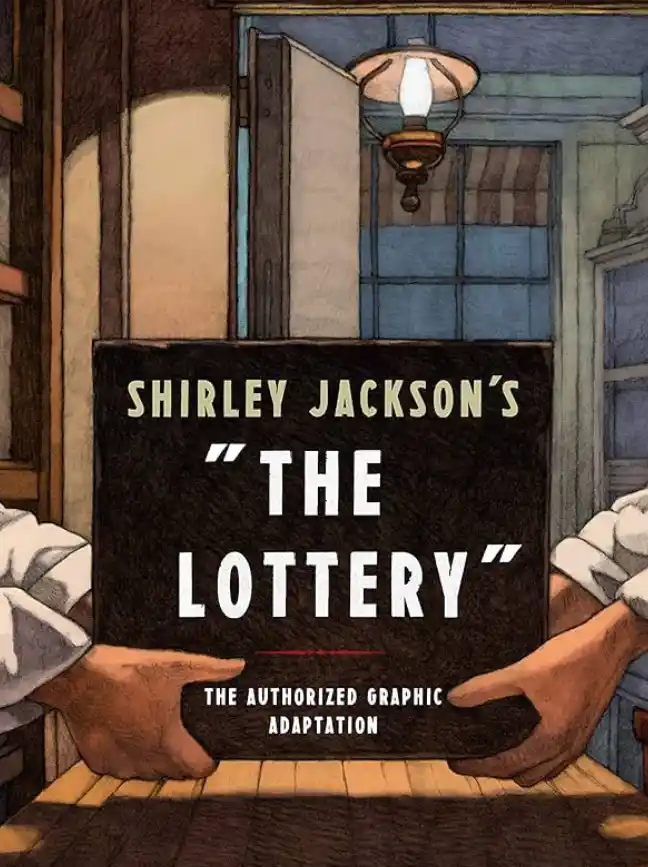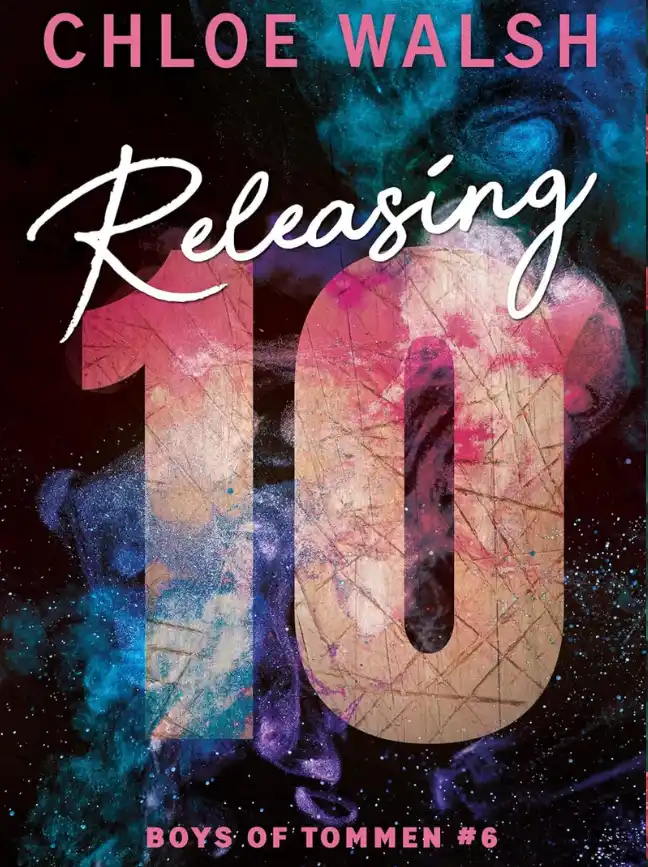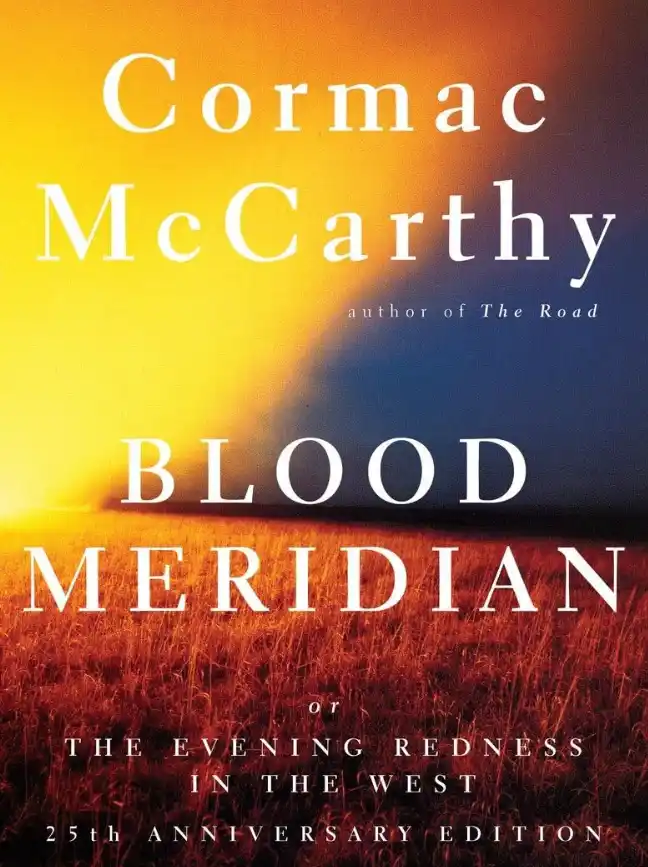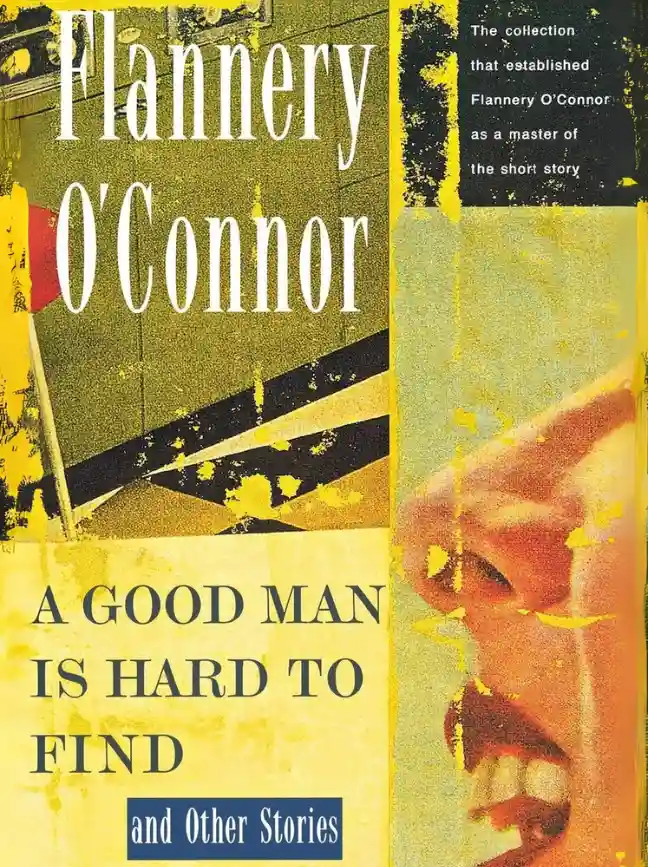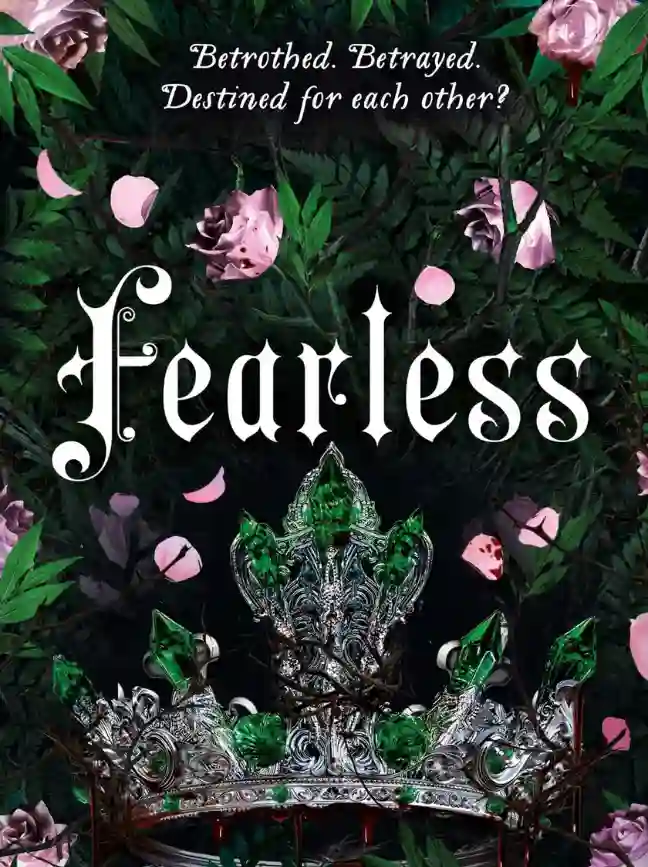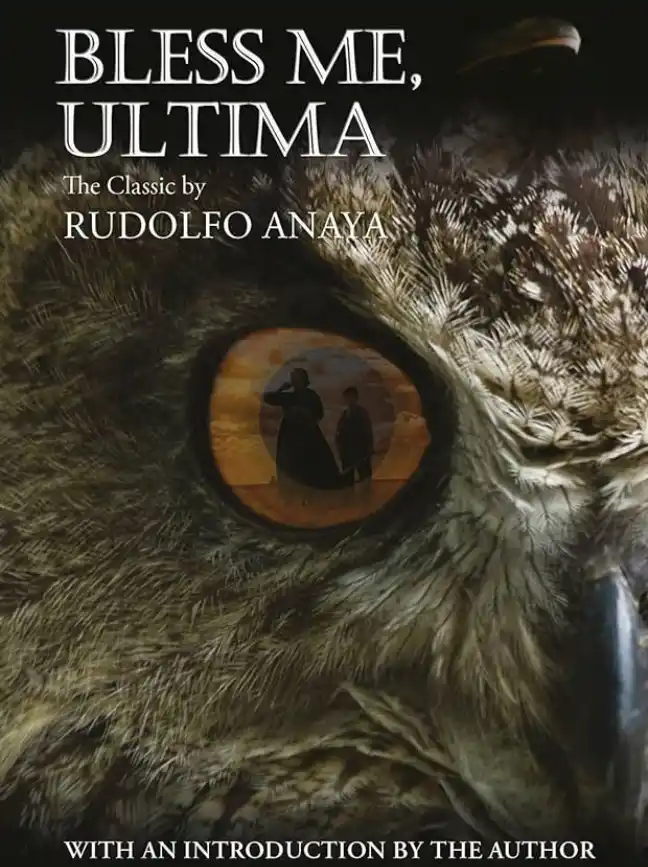Bless Me, Ultima was my first novel. In the 1960s I was a young man teaching in the public schools in Alburquerque, New Mexico, and writing at night. In the mid-sixties I married Patricia and she became my encouragement. I wrote over seven drafts of the novel, and she read each one and shared her suggestions.
I was born in 1937 in the small village of Pastura, New Mexico, in the llano (open plain) of the eastern part of the state. Soon after my birth my family moved to Santa Rosa on the Pecos River where I grew up. Bless Me, Ultima has autobiographical elements in it, after all, a writer utilizes his life experiences. But the novel is a work of fiction which follows two years of the rites of passage of the main character, Antonio. I wrote the novel in the first person because I identify very closely with Antonio.
I didn’t take creative writing classes while attending the university, so my effort was self-taught. Pounding the keys of an old Smith Corona typewriter late at night, I wrote draft after draft of the novel. The truly magical moment in the creative process was when Ultima appeared to me and instructed me to make her a character in the novel. Suddenly a boy’s adventure novel became an intense exploration of the unconscious. For me Ultima, la curandera, is a healer in the tradition of our native New Mexican healers. She is a repository of Spanish, Mexican, and Native American teachings. Her role is “to open Antonio’s eyes” so he can see the beauty of the landscape and understand the spiritual roots of his culture. With her guidance he begins to understand that the river, the open plain, and all of nature is imbued with spirit. Everything is alive; God is everywhere.
Suddenly the ordinary conflicts of childhood take on a deeper meaning. Antonio must now begin his journey into dreams and experiences that are extraordinary. This leads him to question why there is good and evil in the world.
When Antonio accompanies Ultima to El Puerto to cure the uncle who has been cursed by witches, he experiences what few children experience.
He participates in a cleansing ceremony in which Ultima expels the ball of hair which made the uncle sick. Antonio has entered the realm of the shaman.
New Mexico folklore, our cuentos, contains many stories about people who can take the form of owls or coyotes, people who can fly. These witches (I prefer the term shaman) are people of power whose work may be viewed as good or evil, depending on the needs of those who ask for their assistance. Ultima is a shaman who uses her positive power to do good.
With the arrival of Ultima, Antonio begins a journey into “the world of spirits,” the realm in which the shaman operates. Antonio enters a new reality. His dreams begin to reflect this magical, sometimes frightening, world. Is Antonio an apprentice to Ultima? If so, how can he reconcile the teachings of the church with the indigenous beliefs of Ultima? These and the other decisions Antonio must make create the tension in the novel.
“Where did you get Ultima’s name?” many ask me. “That was her name when she came to me,” I answer. From that first fortuitous meeting I have trained myself to act as a dream catcher. I don’t seek characters, they seem to come to me asking me to tell their stories. Ultima came to reveal the world of the unconscious to me and to Antonio. In the realm of the unconscious the symbols of my culture are connected to world symbols.
The Golden Carp of the novel is my myth, for as storyteller I am also mythmaker. The story of the Golden Carp resonates to the fish symbol of Christianity, Aztec mythology, and Pueblo Indian emergence tales.
There were women like Ultima in the traditional New Mexico villages.
When there were no doctors in the villages there were the midwives (parteras). They gave massages (sobadoras), sometimes they had to set broken bones, and they knew and used a variety of herbs from the land to cure various ailments. Some of these healers conducted intensive cleansing ceremonies to cure the ill effects of the curses set by witches. Today you may go to a psychiatrist to cure mental distress, but for over four hundred years in New Mexico we had only our home-grown healers, those curanderas I call women warriors who helped restore harmony to the fragmented soul.
Curanderas still practice today. There is renewed interest in traditional medicine. Holistic healers are practicing in some of the areas the old curanderas treated. We all know people who seem to have special abilities
to make, not only our bodies, but our spirits feel better. Ultima has such knowledge.
When I finished writing Bless Me, Ultima I sent it to many major publishers. I received many rejections, but writers are strong willed. (You have to be if you think there are people out there waiting to read your story.) Finally I sent it to Quinto Sol, a small press in Berkeley. The manuscript was accepted, and I was awarded the 1971 Premio Quinto Sol Literary Prize for the best Chicano novel of the year. The novel was published in 1972. In the 1960s and ’70s the Mexican American community was going through a civil rights struggle. In the arts there was a renaissance called the Chicano Movement. Poetry, fiction, theatre, murals, and music blossomed and became part of the social and economic struggle to better the lives of Mexican Americans. I became part of that literary movement and was invited to many university campuses and communities to speak about my novel.
In 1974 I began teaching at the University of New Mexico. I kept writing, completing my somewhat autobiographical New Mexico trilogy with Heart of Aztlan and Tortuga. Heart of Aztlan is set in the 1950s in Barelas, a barrio in Alburquerque. My parents had moved us to the city, following the pattern after World War II which drew many families from small New Mexican communities to seek work in bigger cities. Tortuga is a novel that verges on magical realism in which the hospital becomes the underworld that the boy, Tortuga, must struggle to leave.
But Bless Me, Ultima remains the favorite. I believe readers have sympathy for Antonio’s spiritual journey. Perhaps, like Antonio, we have questioned our faith or beliefs, and we understand his search for the truth. The novel also explores folklore, myth, and dream in a lyrical narrative.
Readers tell me they feel the landscape come alive in the novel, the river palpitates with its presence, its soul, and the llano seems to form the character of the people who live there. The sun and moon, the river and the open plain, the themes of good and evil, the teaching of the Catholic church and the native spirituality, all these elements form archetypes that touch the reader.
The beliefs of my traditional New Mexican culture are grounded in the Catholic religion and Spanish folktales from the Iberian world. These beliefs are influenced by cultural borrowings from the Pueblo Indian way of
life. This culture is the backdrop for the novel. It is the way of life of the Nuevos Mexicanos that inspires my creativity. But a novel is not written to explain a culture, it creates its own. I create stories, so the reader must separate realistic portrayals of the culture from fiction.
I am still writing. My recent novels include a quartet written around the seasons and set in Alburquerque, where I live. The quartet started with the spring novel, Alburquerque, then shifted to three murder mysteries: Zia Summer, Rio Grande Fall, and Shaman Winter. The novels are set in the city and deal with more contemporary themes, yet they echo the same spiritual themes I explored in Bless Me, Ultima. I have also written dozens of short stories and essays, many plays, and recently picture books and stories for young readers.
The success of Bless Me, Ultima is due to its readers. One reader tells another about it, or a teacher uses it with students. I’m especially pleased when young readers read and discuss my work. Antonio’s story has attracted readers from all over the world. It has been widely translated into many languages. I am still amazed, and thankful, the novel has this power to touch the lives of people, and perhaps like Ultima, help in the healing process that we all need in our daily lives.
Rudolfo Anaya
Alburquerque, New Mexico


